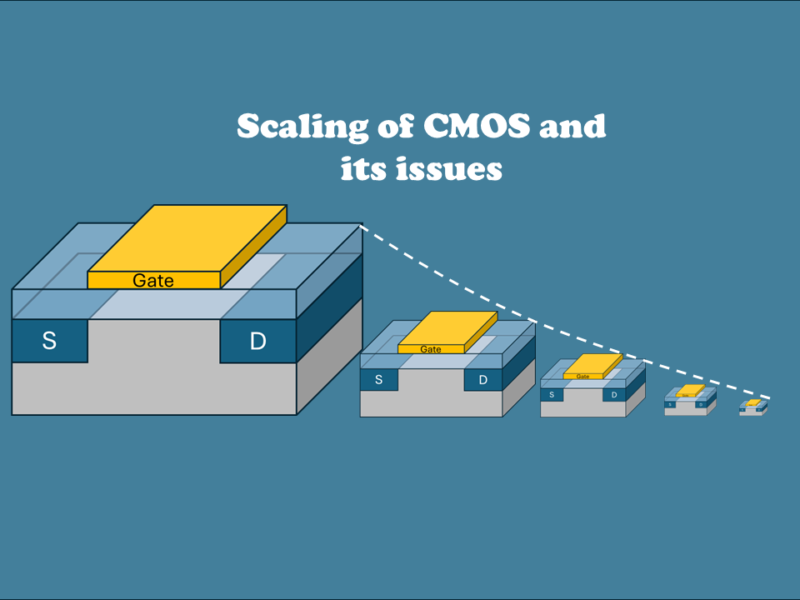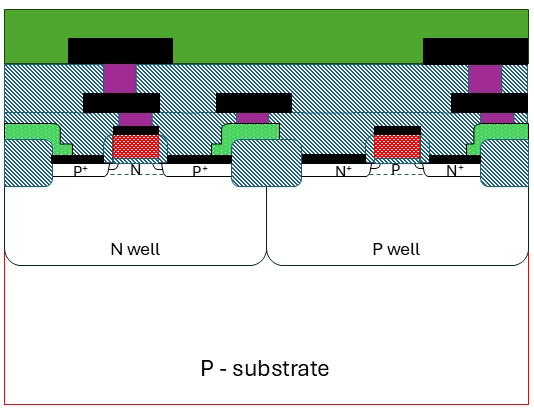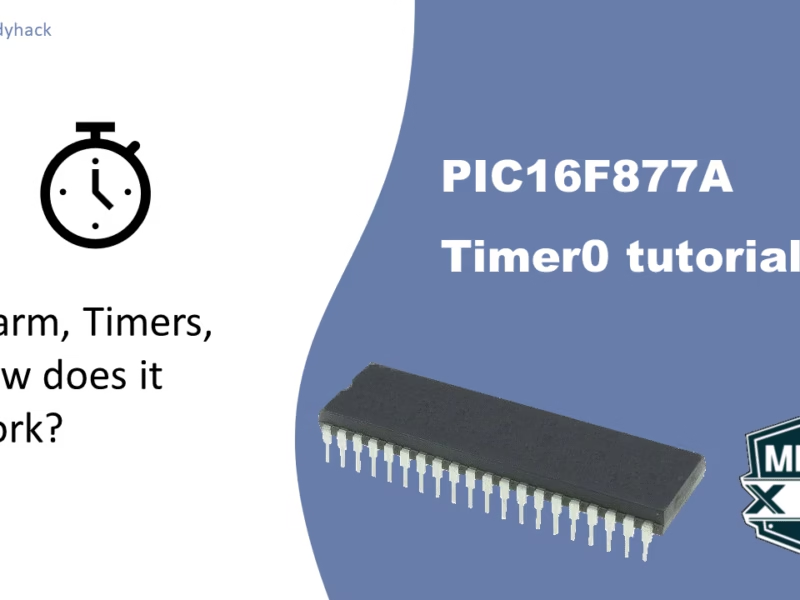As a student, you receive and send out many emails every day, so this should not be that difficult at first glance. However, writing an email to a professor requires some etiquette, as it is different from from sending emails to your friends and family. These tips should help you write an email that is appropriate.
Have an informative subject line
It lets the professor know with the first glance what the topic is about and it will keep the mail out of his spam folder. The subject line should be informative and reflect the content of the email itself.
Subject line: Question about <Classname>
Subject line: Meeting request
Proper Salutation
Start your email with the proper salutation, this starts with an “Hello” or “Dear”, follow by the title and surname of the professor “Prof. Abc or Professor Abc” / “Dr. Def or Doctor Def”. If you are uncertain of the title of the person you are writing, use the “Professor” title to be sure.
Introduce yourself
Professors may have hundredths of students in several classes, that most likely they might not know who you are. The easiest way to introduce yourself, is mention your name, your major and the course you are enrolled in. This provides enough information for the professor to identify you.
My name is Florisera and I am a 3rd year Physics student in your Quantum Physics course.
Content
Keep it brief, as Professors are quite busy and receive loads of emails. Start with your question, and than mention the steps you’ve already taken (such as talked to classmates and TA), so there won’t be a lot back and forth communication. It goes without saying that an email to a professor is a formal way of communication, and you should therefore check your grammar and spelling before sending anything and do not use emojis neither.
Formal closing
Depending on if you require any further assistance, you can write the following: “I look forward to hearing from you”. After that, you can sign off with a “Thank you”, “Sincerely” or “With kind regards”, followed by your name. If your university email does not have your first name and last name, you should include both in the sign off.










